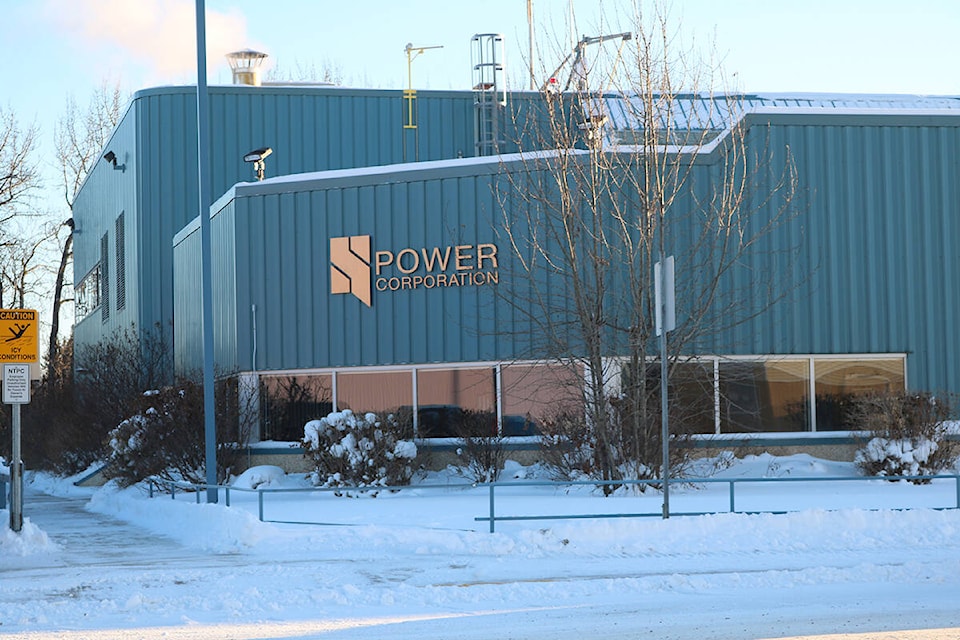The Northwest Territories Power Corporation is aiming to increase power rates by as much as 20 per cent over the next two years, according to a news release issued March 31.
The NTPC filed a general rate application (GRA) with the Public Utilities Board to increase rates on March 30 stating that the move was to ensure the company could continue to provide hydro service across the NWT.
It was not clear at the time of NTPC’s announcement when a final decision would be made by the board, which oversees the technical and public review of the application.
The corporation says it requires an increase of seven percent in electrical revenue and if the GRA process is approved, rates will increase by different amounts depending on where people are living in the NWT.
The GNWT’s Territorial Power Support Program (TPSP), which subsidizes increases, is expected to lower the percentage increases in most cases in these communities.
The thermal and Snare zones are proposing to see a 2.5 per cent increase in rates in each of 2022-23 and 2023-24.
The Taltson zone and the Town of Norman Wells are expected to see 10 per cent rate increases in each of those years.
Fort Resolution and Fort Smith will see 10 per cent increases in rate prices in each of the two years as well.
“Customers in these communities have the lowest rates in the NWT but rates have not been covering the full cost of delivering power for many years,” according to the release.
“Even after the increase, Fort Smith and Fort Resolution rates will remain lower than other communities in the NWT and below the TPSP rate.”
Cory Strang, president and CEO of the NTPC said in a statement that the increase is necessary given cost pressures the organization is facing.
“We recognize that many customers continue to experience economic challenges from the pandemic,” he said. “NTPC has made every effort to keep rates as low as possible for as many customers as possible, but we are facing the same cost pressures as other businesses here in the NWT and elsewhere.
“Our proposed rate increase is consistent with increases occurring in other provinces across Canada.”
Offsetting costs to ratepayers
Doug Prendergast, spokesperson for NTPC stated in the news release that efforts have been made to ensure the cost pressures being faced by the organization aren’t falling entirely on ratepayers.
With the GNWT TPSP rate in place, “an average NTPC customer… using 1,000 kWh in a winter month will see an increase of approximately $11.50 on their monthly bill after year two,” he said.
“The current electricity rates were established in 2019. For most residential customers, the bill increase will equate to a 1% increase per year since 2019, which is well below inflation after the TPSP is applied.
NTPC is also using federal assistance to try to cover its most pressing costs that include refurbishments and plant replacements.
NNSL Media reported on March 16 that the biggest project is the replacement of the Taltson hydro turbine and related overhaul of the site. That project, at a cost of $66.562 million is expected to start in spring 2023. The federal Investing in Canada Infrastructure Program has committed $18 million.
Such investments will help “minimize the rate increase and ensuring continued reliability of service,” Prendergast stated.
“A number of required projects would otherwise have been fully funded through electricity rates,” he said.
Additionally, NTPC is trying to grow its industrial customer base onto the system, especially where there is excess hydro.
“Increasing the number of industrial customers, or generally selling more electricity, would help offset other pressures that lead to rate increases,” Prendergast stated.
